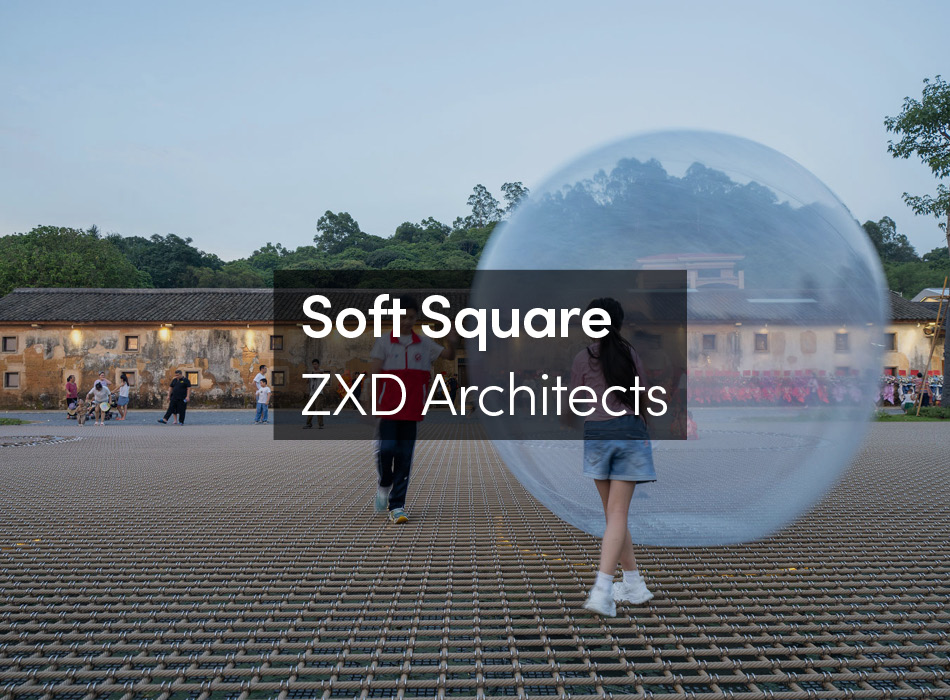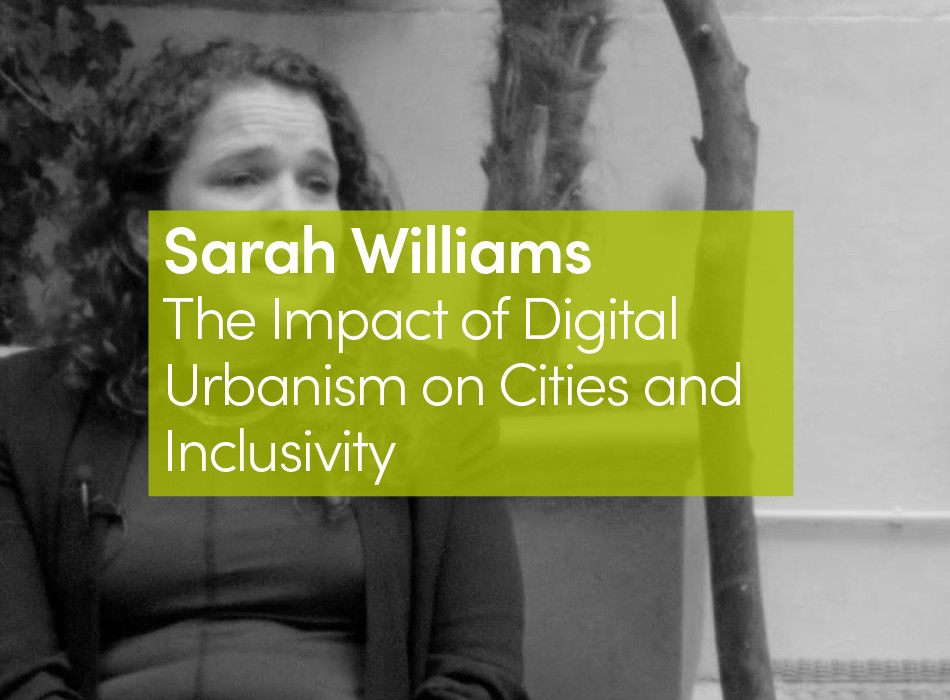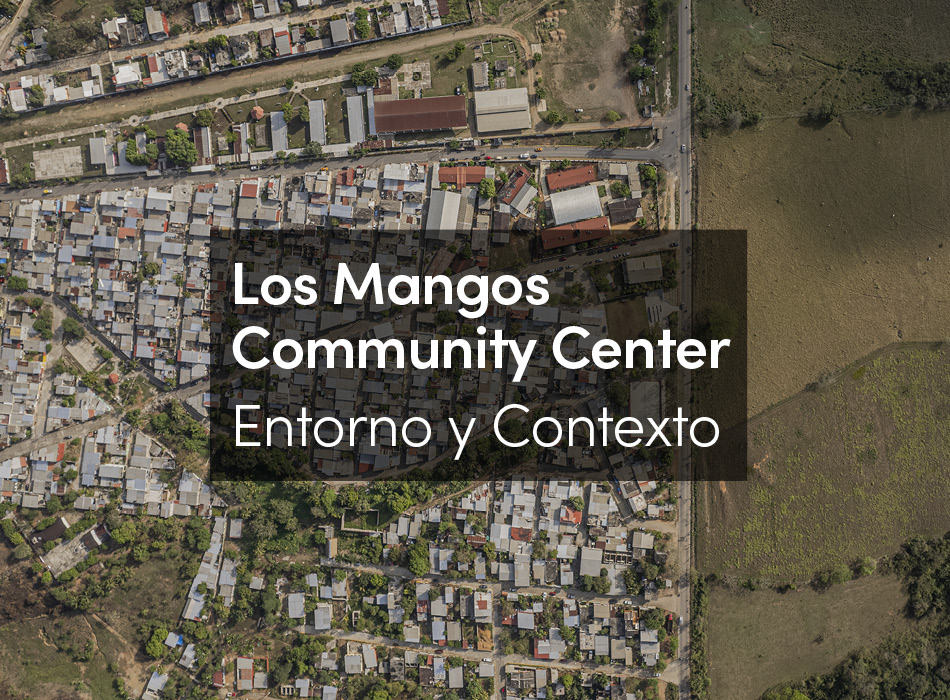Master plans no longer make sense in urbanism. It’s time we started thinking about cities in all their complexity and devising projects that integrate all possible variables. Nowadays, in the 21st century, it makes no sense to plan unalterable infrastructures that respond in advance to unpredictable events.
The term master plan has become outdated. It’s time to change the language we use in urbanism and move away from the idea of immobile architectural structures. We need to take into account the context, the collective meaning of the enterprise, and consider whom it is built for. As the famous Scottish planner Patrick Geddes said in the 1890s: “A city is more than a place in space, it is a drama in time.”
At first glance, this quote might not suggest much, but it should prompt us to rethink certain ideas. Are we doing master plans correctly? Should we change the way we think? The conclusion is that we must think about urban development in another way. We have to imagine what a neighborhood or structure will look like in 20 years, as the city changes over time. It might project a different sort of image. Because of these sorts of circumstances, architecture must embrace complexity.
The architectural paradigm has shifted. Complexity adds value to structures. Once, when I was leading a project, the client told me that they were concerned about the large number of variables. They asked me to simplify things. I replied that complexity was, in fact, the project’s main value. This anecdote is a reflection of the cities and places where we live. Even so, this element is difficult to incorporate into development plans. You have to think about what drivers of change can be introduced (energy, demography, climate change, etc.), what impact they will have, and where they come from.
Getting involved with the population
In order to keep myths out of general plans, it is necessary to consult and get involved with the people who are affected by new infrastructures. For example, in a project in London, we introduced a digital system capable of identifying patterns in responses given by local residents. This system provided invaluable assistance in terms of finding out what the residents’ priorities were. We concluded that the initial plan needed to be adapted to the neighborhood’s needs.
However, other very important parameters also need to be considered in projects of this sort. Local job creation and residents’ level of education and health directly influence the sort of urban development that should be undertaken. Parameter-based computer models make it easy to simulate scenarios and gain a better understanding of how neighborhoods are evolving. Countless variables can be crossed to obtain a very realistic image of where we are working and where we should direct our efforts.
Brexit is a clear example. Who could have known what was going to happen? In integrated urban development, we have the ability to respond to an unpredictable event as quickly as possible. With a master plan, such a response is so much more difficult.
Influences for integrated development
This integrated and sustainable approach to development is subject to many influences that can vary rather easily. The environment, tourism, and economic development are just a few such factors. Figuring out how we can bring these factors together and integrate them is one of the great challenges in contemporary architectural processes. One example of how to build this sort of identity and embrace complexity was a project carried out on the south side of Amsterdam. One area was home to iconic buildings, but another area had not yet been developed. It was ultimately decided to plant a corn field in that area—a move that changed the neighborhood’s identity. None of this was in the master plan. This is a different way to bring people together, to diversify the city’s complexity, and to introduce a certain degree of contradiction.
Another interesting example of adding value is what has happened in recent years in the King’s Cross area of London. Since the 1990s, this neighborhood has increased its value by a factor of 80. Three developments have played a role in the neighborhood’s evolution. First, the government passed a series of laws that provided certainty about what could be built in the area. Second, a series of modern facilities, such as golf courses and dance clubs, were built. And third, investment money rolled in for the 2012 Olympic Games and subsequent construction projects. The master plan did not envisage one single policy for the development of King’s Cross. The way things ultimately unfolded has been unimaginably profitable for the neighborhood.
Urbanistic priorities
Urbanism needs to get back to having the right priorities at the right time. If all variables can be mastered and we can gain an understanding of how they are related to one another, we can design great places. A project can take into account everything from pollution control to waste management. But we must go even further than that. We have to look at the greater context in order to understand the technical aspects, governance, and the relationships between local residents, so that we can transfer this knowledge to the project.
We need to absorb the many ways in which urban-development projects add value to the trajectories that shape cities. We must give society reasons to trust us. More important than buildings or other superfluous aspects, we need to ensure that people want to keep living in the area.

















